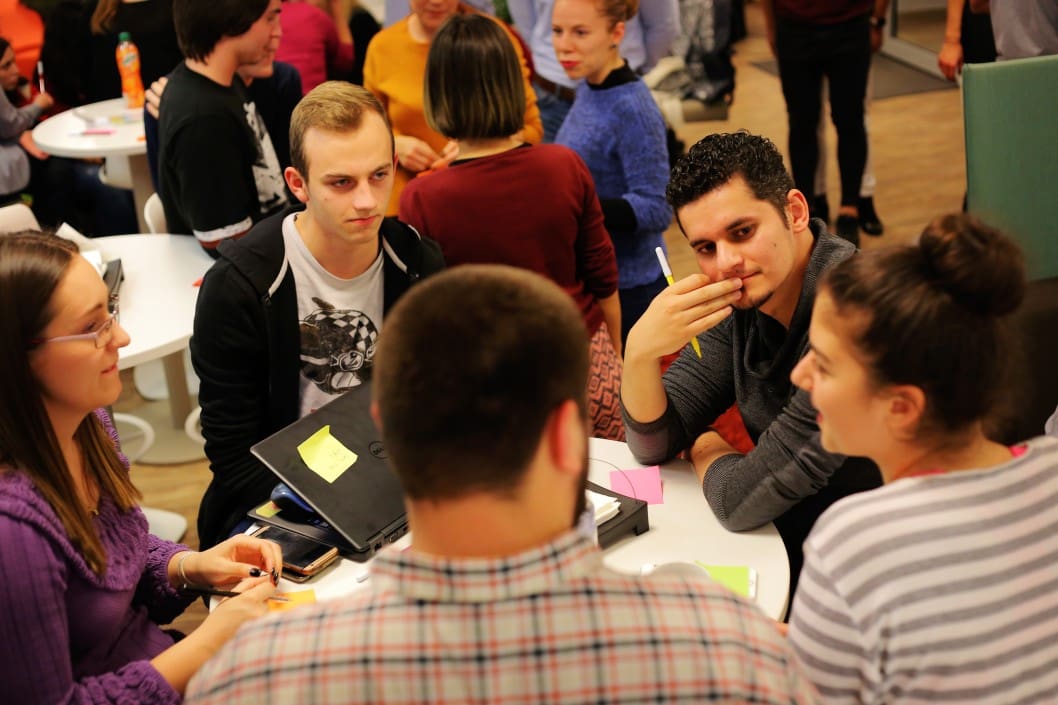M&A Modelling: What Is HR’s Role?
February 12, 2019 by Josh Hrala

Request Pricing
Compare our rates to other providers
During the mergers and acquisitions (M&A) process, a deal team should be created to ensure everything is operating smoothly. One of the most integral parts of these teams is the combined effort of both company’s HR departments, who can help upper management, leadership teams, investment bankers, and others to fully understand the impact of the move on a ‘people level.’ This is true even when the deal team is performing M&A modelling plans to ensure the deal meetings business goals.
M&A modelling comes in many forms and flavors. Most of the time, these types of models help businesses understand what they are worth and how the valuation of each company comes into play during the deal.
A complete model showcases every step of the process from how a company is valued to how they will integrate together to form one new business under one banner.

For HR leaders, their role will primarily – though it can shift quite a bit depending on what organizations are looking to make a deal – be to help provide perspective staff issues while also figuring out a way to integrate all of the teams impacted.
So, with that in mind, how can HR help the deal team during the M&A modelling process?
Let’s take a look.
M&A Modelling: An Overview In Greater Detail
Though we mentioned it briefly above, it’s helpful to get a high-level look at how this process works. In short, the M&A modelling process helps paint a picture of the move. While we will not go through the entire process here, the Corporate Finance Institute lists the key M&A modelling topics as:
- Making acquisition assumptions, including:
- Price
- Number of shares issued as consideration
- Synergies
- Timing
- Integration costs
- Etc
- Making projections to understand how the business will work in the future, including key areas such as:
- Revenue growth
- Fixed costs
- Variable costs
- Capital structure
- Accounting issues, such as financial statements
- Performing valuation analysis with different models, including:
- Comparable company analysis
- DCF model
- The weighted average cost of capital
- Terminal value
- How different business combinations and adjustments may play out, such as:
- Forming consideration with shares and/or cash
- Purchase price allocation (PPA)
- Goodwill calculation
- Synergy calculations
- Etc
- An understanding of accretion and dilution, such as
- Amount of shares issued
- Earnings acquired from the target
- The impact of the synergies
As you can see, there’s a whole lot that goes into these models. And, most of them lie within the realm of finance. If you are interested in learning more about these types of models, you can read CFI’s whole post here.
So where does HR come into play here? Good question. Let’s explore.
HR’s Role in M&A Modelling
When it comes down to it, HR plays an important part of the M&A modelling process that can often times fall through the cracks. And that’s not a good thing because people issues are one of the main reasons M&A deals end up failing to meet their business goals at the end of the day, despite all of the financial modelling and forecasting that happens pre-deal.

According to SHRM, 70 to 90 percent of all mergers and acquisitions fail in a financial sense with most companies missing their objectives. They say that this is largely due to HR related activities, such as:
- Incompatible Cultures
- Management Styles
- Poor Motivation
- Loss of Key Talent
- Poor Communication
- Loss of Trust
- Uncertainty
In other words, “people issues” are largely to blame when it comes to the failure rate of mergers and acquisitions.
This is where HR comes in.
While the news media typically only covers when a merger or acquisition is happening, we never really get a chance to see what that entails. We think of these events like a movie with high-powered executives in flashy offices signing papers and cashing checks. In reality, it’s the people in the departments who work there that make the merger or acquisition work. And the main department responsible for this is HR.
SHRM goes on to say that HR has a few key things to focus on during a merger or acquisition, such as:
- Creation of new policies to guide the new organization.
- Retention of key employees.
- Employee selection and downsizing
- Development of compensation strategies
- Creation of a comprehensive employee benefits program
With all that said, it’s easy to see why mergers and acquisitions are a stressful time. Employees are worried about fitting in, what their benefits will be now, how their retirement has changed, if they’ll like their new managers, and a slew of other things.
Again, HR needs to step in and make sure these issues are ironed out. The good news is that one organization’s HR team should be able to work closely with the other company’s to make sure of this. With two expert teams – both knowing a ton about their respective organizations – these issues can be addressed quickly and professionally to ensure a good fit.
So, during the M&A modelling phase, HR should be working closely with the team to understand how the people behind the move will fair. Let’s explore what that can look like.
What HR Can Do to Make M&A Modelling Easier
As you saw in the model example above, M&A modelling concerns itself with synergies and finance most of the time. However, human capital is one of the most expensive things organizations have one their budget sheets.
HR can help stakeholders understand the impacts of the move on a human capital level, allowing them to gauge how much turnover, redundancy, new hires, and things of that nature that will have to happen if the deal moves forward.
If the deal team fails to acknowledge all of these potential changes, their models will not work correctly, painting a picture of the organization that claims one thing that, in reality, doesn’t exist.
For example, the sheer amount of layoffs and turnover that happens during an M&A event is staffering. In order to accurately predict how the workforce will change, HR needs to be involved at every step of the process.
M&A Modelling and HR: The Takeaways
There are many ways that HR can help the M&A modelling process. Mainly, the role of HR is to examine the workforce of both organizations to understand how the combination of the two workforces will play out in the end.
This allows the models to accurately predict how much turnover, retention issues, and other workforce planning concerns will impact the deal.
Most importantly, and this is outside of the M&A modelling sphere, HR needs to ready itself for integration with the new business. Most M&A deals fall flat of their business goals because of culture clashes between the two entities. HR leaders from both businesses need to work together to ensure that this doesn’t happen.
One of the best ways to keep key talent onboard is to use a retention bonus. You can learn all about retention bonuses here, and you can download our sample bonus letter here:

More from Careerminds
In need of outplacement assistance?
At Careerminds, we care about people first. That’s why we offer personalized talent management solutions for every level at lower costs, globally.






